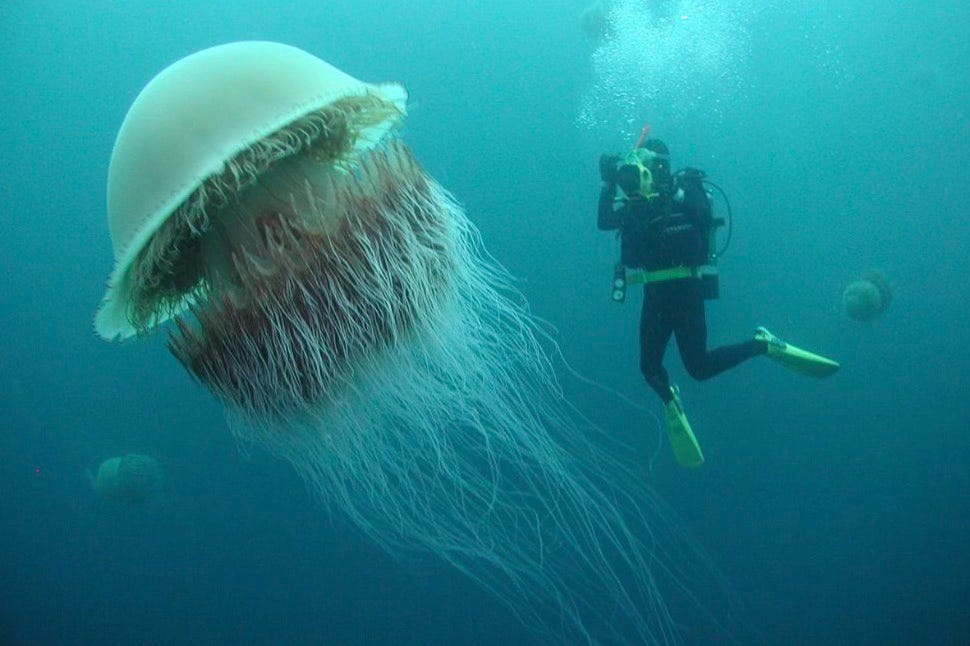§61 Similar in many ways to Evan Thompson’s project, and in fact perhaps somewhat more widely read and commented upon than Thompson’s, is that of Terrence Deacon. Unlike Thompson, however, Deacon is not a trained or particularly gifted philosopher; he is a neuroscientist and biological anthropologist. Perhaps for this very reason, some of the philosophical shortcomings of his work can be excused; but his project still all too often contains somewhat more bombast than substance, especially given the rebarbative jargon he insists on inventing in order to make fairly simple concepts seem intimidatingly recondite. Even so, often what he gets wrong makes his work extremely interesting, if only sub contrario. His proposals follow much the same pattern we have already found in the work of others: Beginning from stable, inanimate, self-sustaining systems like whirlpools or convection currents, which naturally arise from entropic but disequilibrious states, his story moves through autocatalytic molecules to molecular compounds, and then to metabolizing cells with semipermeable barriers, and then to replicating cells, and then to organisms, and ultimately to mental agency. It is, again, a narrative of structural emergence, moving from non-living to living systems, and from there to conscious living systems, and doing so in good part by way of misrepresenting equivocal uses of the word “self” for univocities: that is, supposedly, physical self-maintenance, organic self-coherence, the self-relevant dynamisms of persisting systems, and so forth, generate over time a kind of basic “biological selfhood”; this, then, becomes increasingly a capacity for self-representation, as well as for an interior representation of the environment, until at last the process has yielded the inner self of conscious mind, navigating a landscape of meanings. Deacon starts from simple physical patterns within local systems of thermodynamic disequilibrium, within which he draws a distinction between “orthograde” internal changes, which spontaneously seek to eliminate asymmetries, and “contragrade” changes occasioned by external perturbations, which instead increase complexity. Contragrade changes are brought about when a given system’s orthograde changes interact with those of another system, an eventuality that drives one system or both into a more asymmetric state, requiring higher flows of energy. These accidental displacements away from equilibrium are the origin of a “dynamical depth” in physical processes that ultimately leads to life, self, sentience, and subjectivity.
Keep reading with a 7-day free trial
Subscribe to Leaves in the Wind to keep reading this post and get 7 days of free access to the full post archives.




